
Can a cheap, rocket-propelled bomb actually outrun advanced air defenses? Russia’s most recent attacks against Ukraine indicate the response is worrisome. In October of 2025, jet-assisted guided aerial bombs struck targets over 120 kilometers from launch sites, confounding intercept systems and compelling Ukraine to change its defense tactics. These weapons, based on Soviet-era designs but fueled by modern propulsion and guidance systems, are redefining the aerial threat environment.
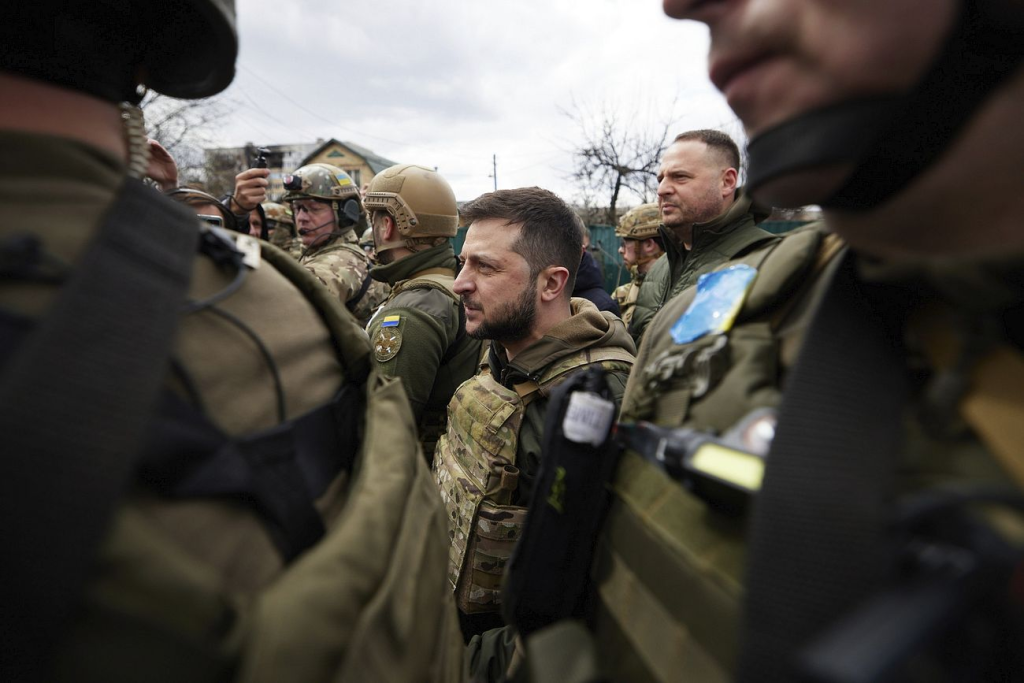
As opposed to old-fashioned glide bombs, these “reactive” versions merge aerodynamic lift and rocket acceleration, ranging their reach deep into defended zones. Their relatively low unit cost versus cruise missiles makes it feasible to deploy them by the dozen, while their speed and guidance equipment renders them nearly unhaltable. But Ukraine’s electronic warfare troops and air defenses are advancing at the same clip, taking advantage of Russian navigation system vulnerabilities and rendering precision strikes expensive failures.
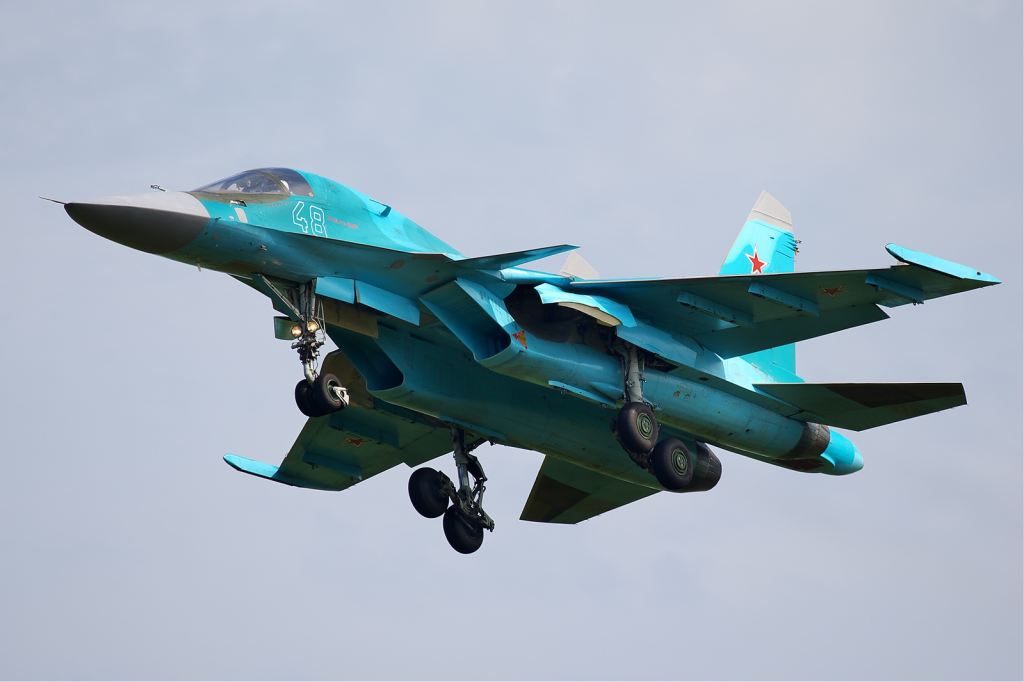
1. Development of the UMPB-5R and Grom-E1
The UMPB-5R, renovated in 2025, is Russia’s efforts to increase the range of guided aerial bombs. By incorporating a low-impulse jet engine to an already available glide bomb design, its range was extended by 20–30 km, up to 130 km when conditions are favorable. Weighing approximately 300 kg and satellite-guided, it can be released from Su-34 bombers far beyond Ukrainian air defense layers.
The Grom-E1, derived from the Kh-38 missile, is a missile-bomb hybrid. It has a 315 kg warhead and can travel 120 km when dropped at high speed from high altitude. First displayed at MAKS-2015, it can be used from MiG-35, Su-35, Su-57, and some helicopters, making it versatile on Russia’s fleet.

2. Speed and Range Advantages
Reactive KABs have speeds of over 500 km/h, shrinking air defense interceptor engagement windows. Conventional glide bombs travel 40–70 km, but their rocket-propelled counterparts push this range to 130–150 km. Launch aircraft can therefore stay well behind front lines without being within range of missile systems such as Patriot or S-300.
Such velocity also hampers interception by drones or short-range missile defenses, compelling the defenders to wholly depend on electronic warfare. The synergy of high speed and long range makes strikes on cities which had been hitherto safe from aerial bombing.

3. Cost Effectiveness and Mass Production
At $20–30,000 per bomb, reactive KABs are significantly less expensive than cruise missiles, which cost over $1 million. Russia intends to manufacture over 40,000 KABs in 2025, although the percentage equipped with jet engines is not certain. The low unit price allows for saturation attacks, which use volume to overwhelm defenses.
This is combined with devastating power, which makes them the first option for protracted operations. In the case of Ukraine, the problem is to counter a weapon that is easy to use in quantities to overpower without breaking the attacker.

4. Kometa-M Guidance and Its Limitations
Russian reactive bombs are dependent upon GLONASS and inertial guidance, commonly safeguarded by Kometa-M adaptive antennas. Controlled Reception Pattern Antennas (CRPA) have multiple elements that eliminate jamming signals. The earliest had four elements that canceled as many as three jammers upgrades have raised this to 8, 12, and even 16 elements.
But as OSINT researcher Roy described, Ukraine has deployed sufficient jammers to saturate upgraded Kometa systems. Spoofing systems such as Pokrova can provide false navigation information, cutting out noise filtering altogether. This compels Russian bombs to go hundreds of meters astray, sometimes landing in fields or even within Russian-occupied lands.
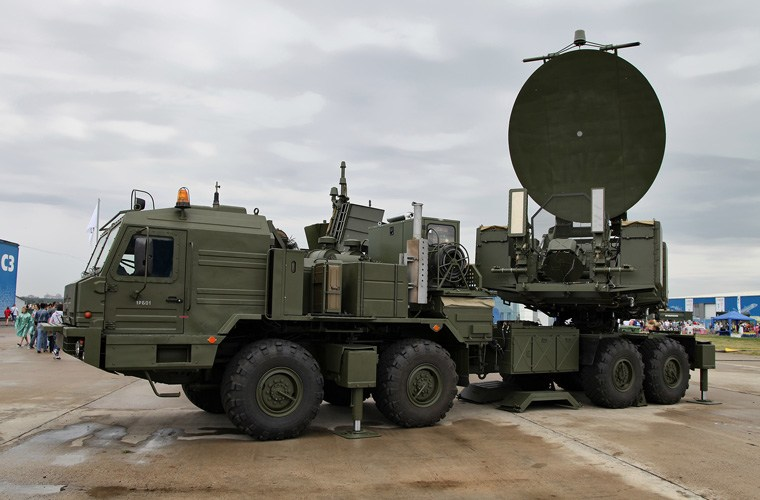
5. Ukraine’s Lima Jamming System
Created by the Night Watch group, the Lima system sends out tainted guidance data and jams GLONASS signals. It takes advantage of software flaws in Kometa-M, as reported by Germany’s Bild, which return bombs to inertial guidance, leading to massive errors with the passing of time.
Israeli commentator Yigal Levin reported that Lima’s computerized algorithms have substantially lowered the incidence of Russian glide bomb attacks. In theaters where Lima has been deployed, bombing precision plummeted so drastically that Russian units occasionally stopped attacking rear bases altogether.
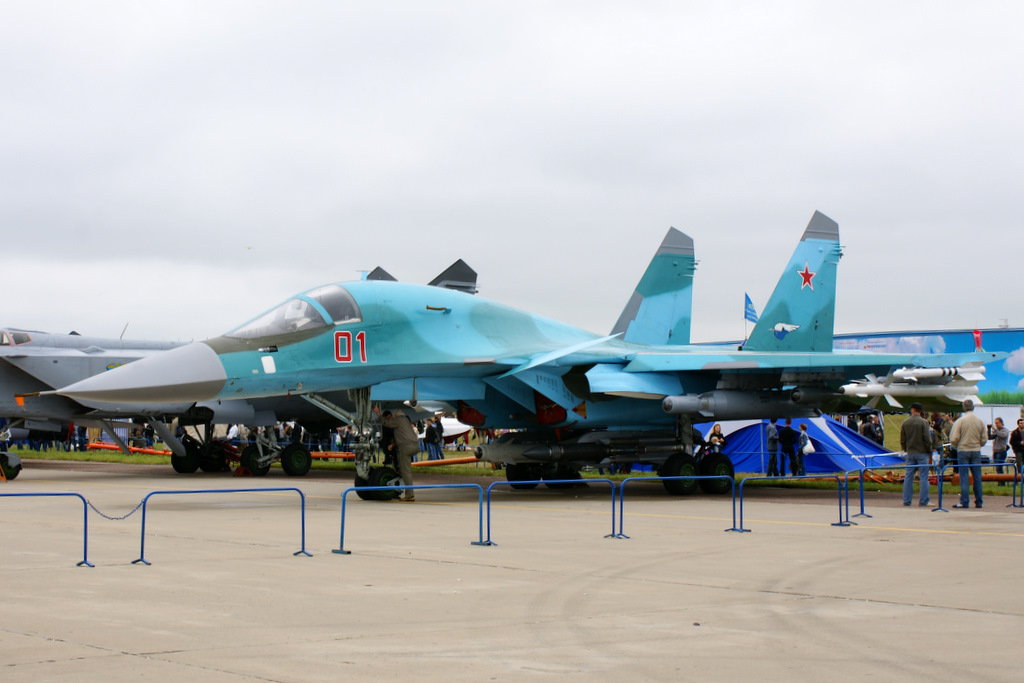
6. Operational Impact on Russian Air Campaigns
Ukraine’s jamming has forced Russia to expend far more munitions for the same effect. Former commander-in-chief Valeriy Zaluzhny told Der Spiegel that Russia now requires up to 16 glide bombs to achieve the damage once possible with one. This inefficiency strains Russian logistics and risks aircraft losses, as each launch requires valuable Su-34 or other strike platforms.
Bombs also short of target over Russian territory because of navigation interference. Russia tries to respond with additional antennas and frequency adjustments, but these efforts have not yet reinstated consistent accuracy.
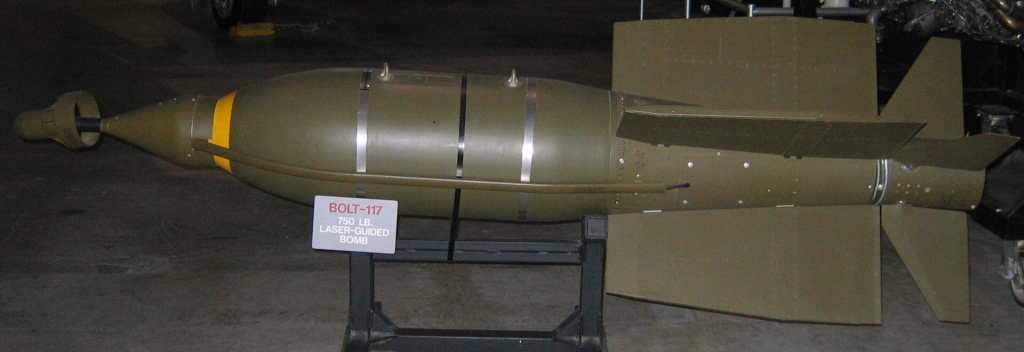
7. Future Countermeasures and Escalation
The rate of Kometa upgrades from 4 to 8 to 12 to 16 elements has stepped up, implying that Russia is responding to Ukraine’s rapidly spreading jamming coverage. Experts such as DanielR warn that physical size and processing requirements will eventually cap growth, but Russia will probably continue until increasing constraints or cost considerations cut in.
Ukraine, in turn, may disrupt Kometa’s supply base, which incorporates components from companies such as Taoglas and Cirocomm. Enforcing sanctions and direct attacks against facilities in St. Petersburg may cut Russia’s capacity to deploy these guidance systems. The competition is ongoing, with both sides competing to outdo each other’s developments.
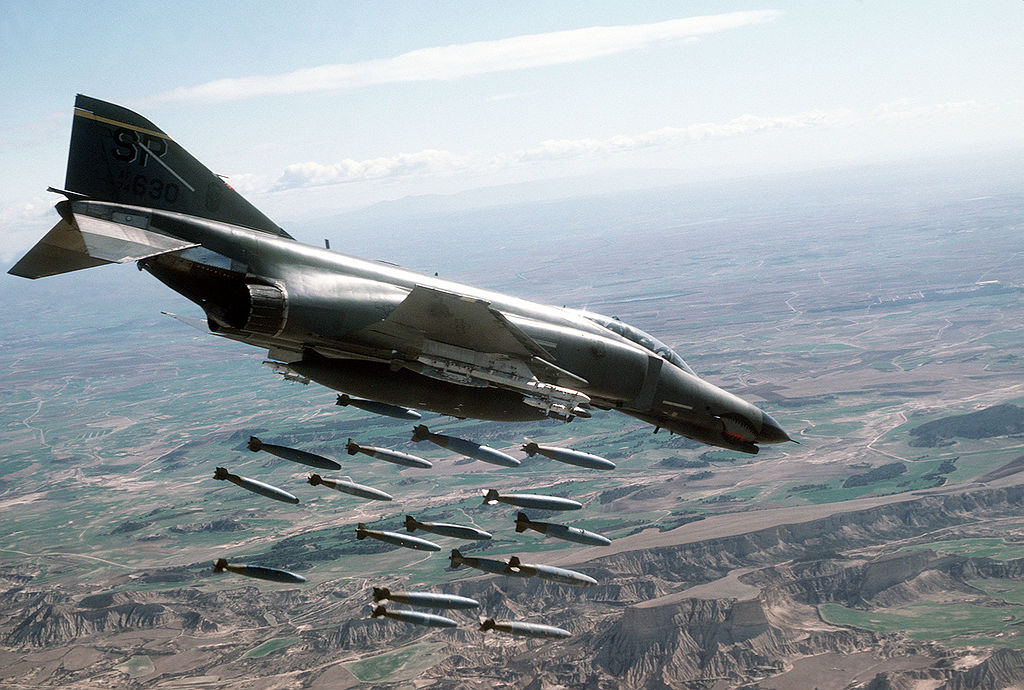
Reactive guided air bombs are changing the tactical balance across Ukraine, melding speed, range, and cost to challenge conventional defenses. But Ukraine’s quick build-out of electronic warfare capabilities such as Lima, combined with large-scale deployment of jammers and spoofers, has dissipated much of their precision edge. The on-going struggle between Kometa upgrades and Ukrainian counter-measures illustrates an overarching reality: in contemporary air warfare, the fight for command of the electromagnetic spectrum can be as pivotal as any bomb or missile.

